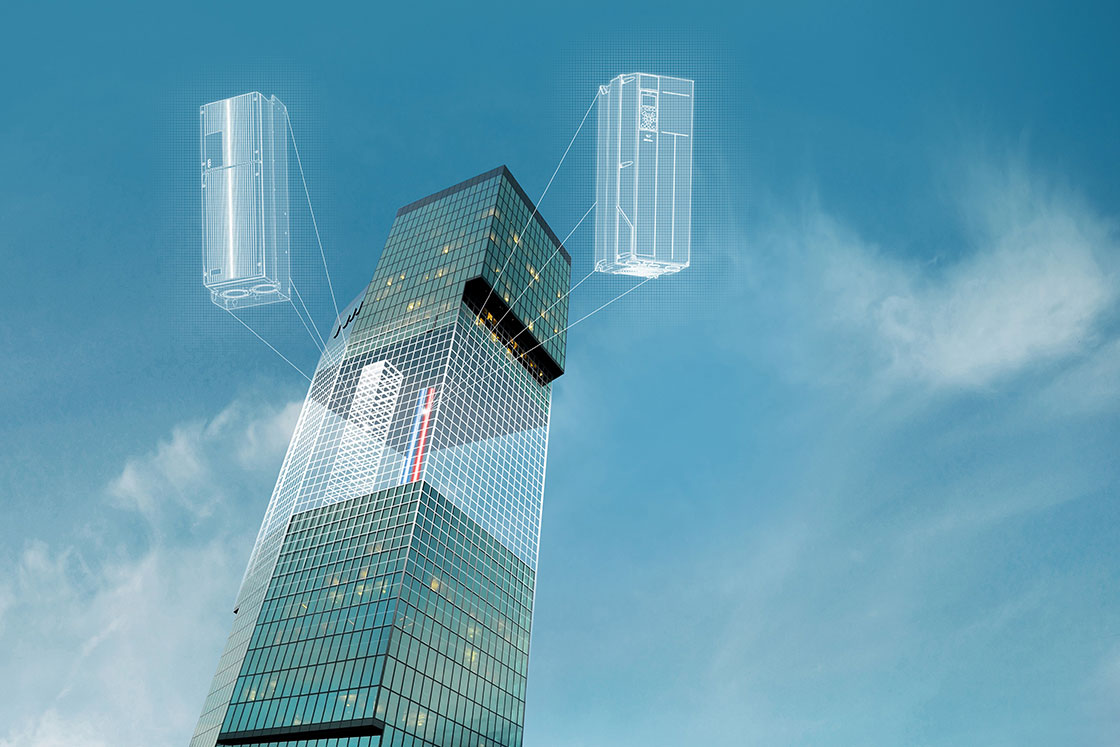
Our cities, the greatest creations of humanity, are under pressure. Over the next 33 years, urban areas of the world should provide space for another 2.5 billion people. More than 200,000 new urban dwellers every day. Good news is that we already have the technologies to meet the challenges of urbanization.
Urbanization is the world’s watershed. Back in the 1950’s two-thirds of us lived in rural areas. By 2050 it will be turned around and two-thirds will live in urban areas. For the first time in history the main part of global population will be residents of cities, “the greatest creations of humanity”, as the renowned architect Daniel Liebeskind calls them.
Population growth and increasing urbanization means that the cities will have 2.5 billion more residents when we reach 2050. Nine out of ten urban dwellers will be from Asia or Africa. Three countries; India, China and Nigeria, will together count for 37% of the total increase in population. India will face another 400 million new urban dwellers, China 300 million, Nigeria 200 million.
Opportunities
The cities provide us with opportunities. Even though “only” half of the world population currently live in the urban areas more than 80% of the world's GDP is created there. That explains cities’ force of attraction. Urbanization has always been related to epoch-making economic and social changes. The cities are substantial drivers of development and poverty eradication in urban- and rural areas because they concentrate economic activity, decision processes, trade and transportation and establish connections between urban and rural areas and across borders. The urban life is often connected with knowledge, education, health, social benefits and opportunities as well as cultural and political engagement.
Challenges
But “the greatest creations of humanity” are challenged. The sustainable growth of our cities is run over by urbanization when it happens unplanned and without sufficient infrastructure. Then the benefits of the city won’t be equally shared. Inequality is more outspoken in the cities. Hundreds of millions of people already live under strained conditions in urban areas with rapid increases in population, pollution, environmental decay and non-sustainable production- and consuming patterns.
The human stream that flows against the cities can be a source to growth and prosperity. But it can also be a curse and tear down people and environment. It all depends on how we tackle the challenges of urbanization.
Solutions
The good news is that we have the technologies to turn challenges into possibilities to our common advantage. Every city can do it. And the most efficient way is to start with what the cities are made of: Buildings. They are responsible for 40% of the global energy consumption and one-third of the CO2 emission. One-half by 2050. Meanwhile there is a lot we can do. We can improve new and existing buildings, establish district heating systems and wastewater facilities which produce clean water and energy at the same time. We can turn op energy efficiency in the industrial sector. We can do much more with less by improving our cities.
With urban efficiency, the energy transition will take place bottom-up, while clear national and international policy framework can help companies invest in energy efficiency and mitigate climate change. To accelerate the uptake of energy efficiency technologies, policies must embrace urban efficiency. All political decision-makers at city, municipal and national level have a responsibility to utilize the low-hanging fruits offered by smart and efficient urban planning. The solutions are there ready for implementation. Let’s turn on a light ahead for our cities.

Engineering the world of Tomorrow
Danfoss engineers advanced technologies that enable us to build a better, smarter and more efficient tomorrow. In the world’s growing cities, we ensure the supply of fresh food and optimal comfort in our homes and offices, while meeting the need for energy efficient infrastructure, connected systems and integrated renewable energy.
Our solutions are used in areas such as refrigeration, air conditioning, heating, motor control and mobile machinery.
Our innovative engineering dates back to 1933 and today Danfoss holds market-leading positions, employing more than 26,000 and serving customers in more than 100 countries. We are privately held by the founding family.
